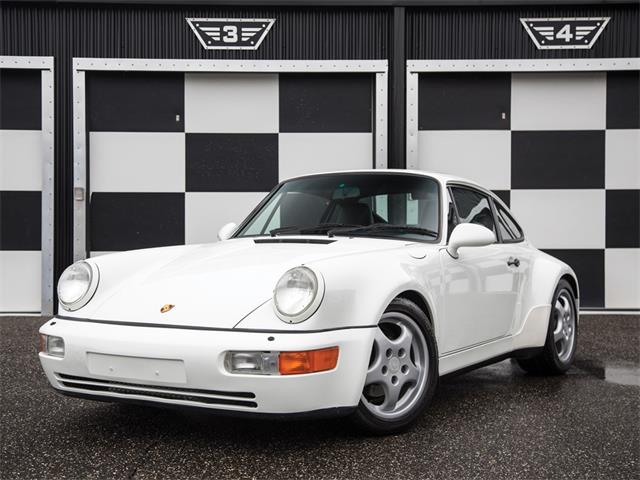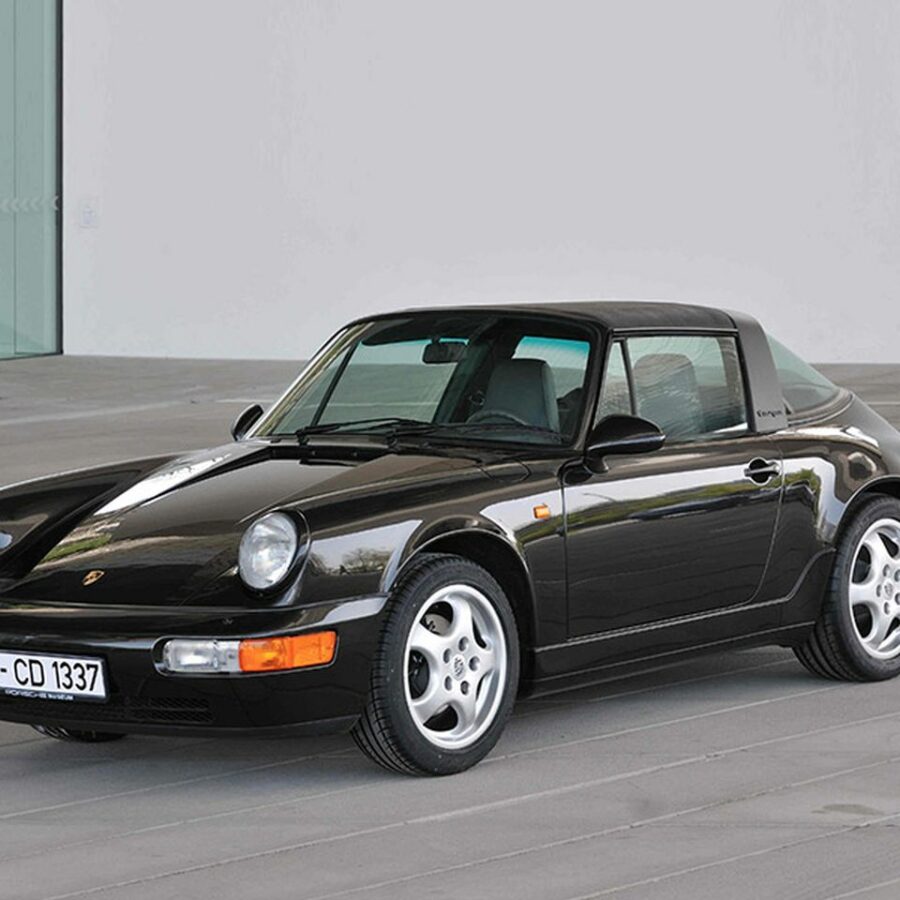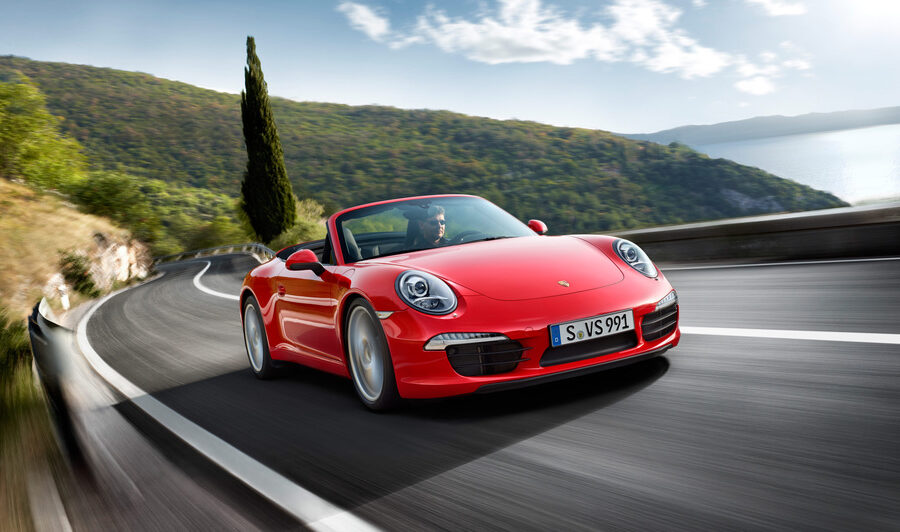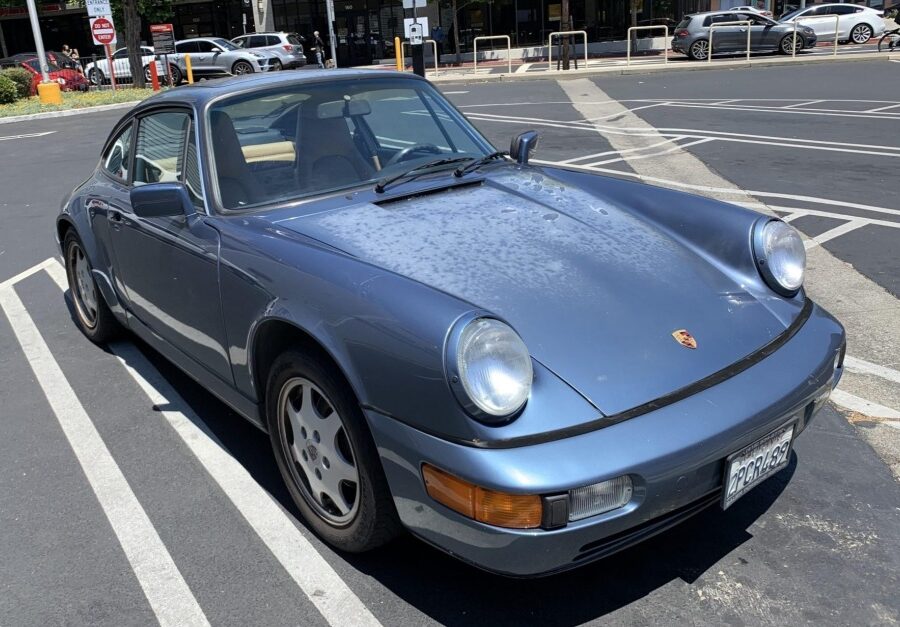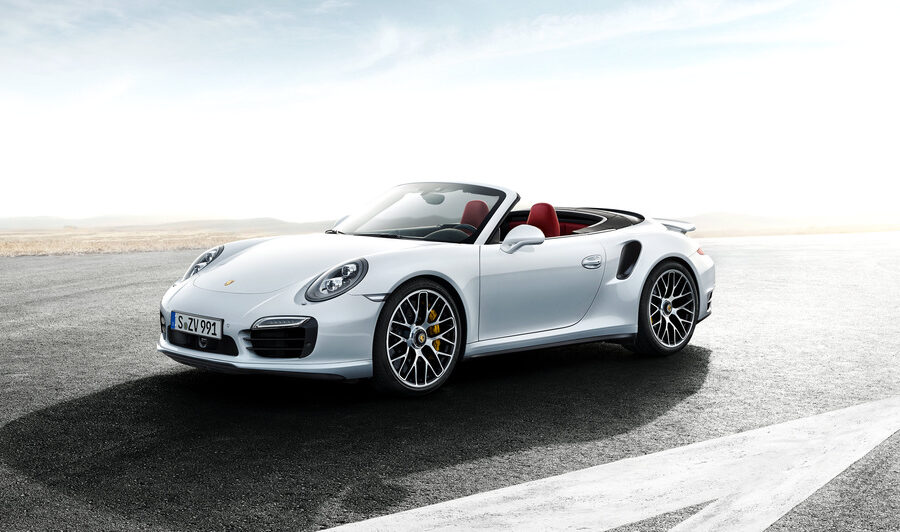Porsche 911 Carrera 4 (Turbo-Look) (964) (1994)
Model year 1994. Carrera 4 Wide-Body for the U.S
Porsche 911 Carrera 4 Targa (964) (1990 – 1993)
Last generation Targa with traditional removable Targa roof (till 991)
Porsche 911 Carrera 2 Cabriolet (964) (1990 – 1994)
Just like the C2 coupe but with a fabric roof and open top fun
Porsche 911 Carrera 2 Coupe (964) (1990 – 1994)
Looked like C4 but was 200 lb lighter and more fun to drive
Porsche 911 Carrera Cabriolet (991) (2012 – 2015)
Porsche is doubling the driving fun to be had from the new 911 Carrera by putting a Cabriolet alongside the Coupe
Porsche 911 Carrera 4 Coupe (964) (1989 – 1994)
The Type 964 911 first launch with an all wheel drive model. It was a serious investment by Porsche in updating the chassis and tech platform.
Porsche 911 Turbo S Cabriolet (991) (2014 – 2016)
Supercar Performance In a Cabriolet Body



